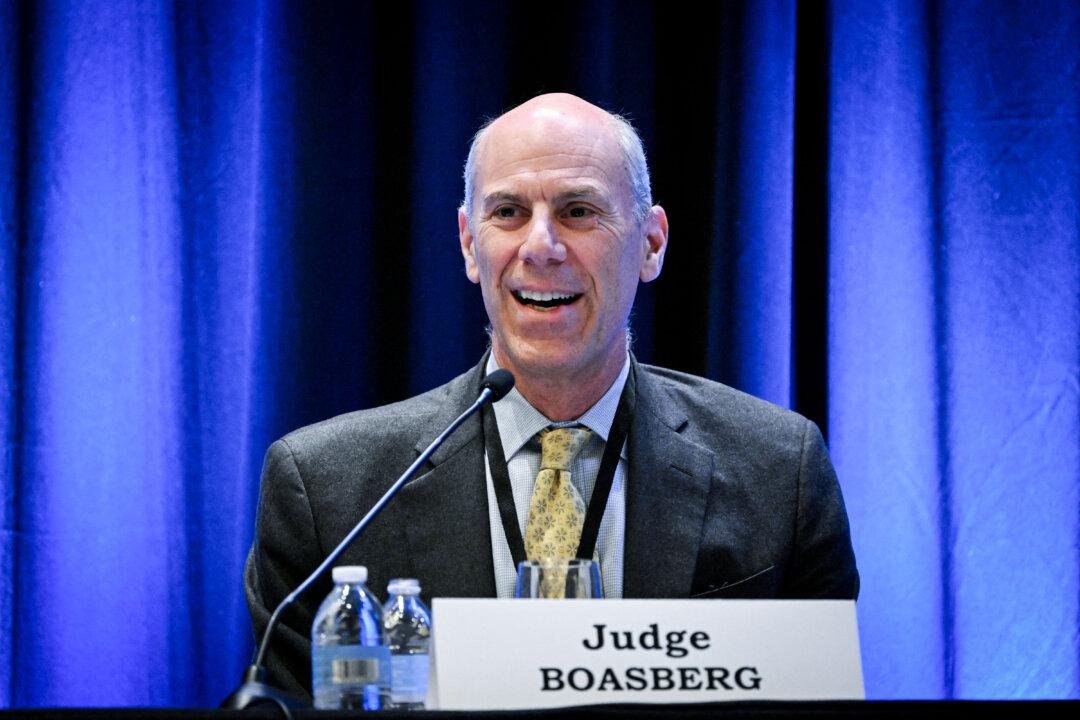The U.S. Supreme Court is set to hear oral arguments on Oct. 16 over whether the federal Environmental Protection Agency (EPA) exceeded its authority in its approach to regulating water pollution.
“EPA can bring lawsuits seeking civil penalties over $66,000 per day for each permit violation, as well as injunctive relief,” their petition read. It added that “[f]or municipalities, the costs of injunctive relief in CWA enforcement cases often run into the hundreds of millions or billions of dollars.”
The EPA has responded to San Francisco’s arguments by telling the Supreme Court that the requirements outlined under its permit for the city were not vague but instead were necessary for meeting water quality standards.
The agency’s permit contains a numeric limitation on effluent, or treated discharge, for dry weather and requirements for managing wastewater facilities during wet weather, which the EPA qualifies according to certain conditions met as a result of rain.
To bolster its claims of vagueness, San Francisco pointed to a comment by the EPA in which it stated that its wet weather requirements “in isolation will not necessarily achieve water quality standards.”
Instead, the agency referred San Francisco to California’s Water Code and said the wastewater discharge must not create the type of “pollution, contamination, or nuisance” as defined by the code. San Francisco noted to the Supreme Court that under the state code, pollution includes unreasonably affecting the waters in a way that diminishes beneficial uses.
“As a result,” San Francisco said, “the City’s compliance with this second prohibition turns on whether, after the fact, it is determined that the City’s discharge unreasonably impacted one of the Pacific Ocean’s broad beneficial uses, such as recreation.”
In defending itself, the EPA said its permit set forth specific water quality characteristics such as not allowing floating particulates of grease and oil to be visible, as well as not letting the pH level of the affected water to change “at any time more than 0.2 units from that which occurs naturally.”
The agency added that California code includes clarifications such as defining a nuisance as anything that “is injurious to health, or is indecent or offensive to the senses, or an obstruction to the free use of property.”
Oral arguments will likely include discussion about how specific the EPA has to be in order to satisfy its responsibility under the CWA, as well as how lower courts have ruled on the issue.
San Francisco’s challenge follows a ruling from the U.S. Court of Appeals for the Ninth Circuit, which held that the EPA’s more generic requirements were consistent with what Congress required. The Ninth Circuit’s decision, according to San Francisco, conflicted with a 2015 decision wherein the U.S. Court of Appeals for the Second Circuit ruled against a similarly generic regulation from the EPA.
San Francisco’s petition argues that the appeals decisions created what’s known as a circuit split, or the type of disagreement between appeals courts that usually prompts the Supreme Court to consider broader legal questions.
The EPA has maintained that its regulations comply with the opinion from the Second Circuit because the agency elaborated on the type of water quality standards San Francisco must meet.







